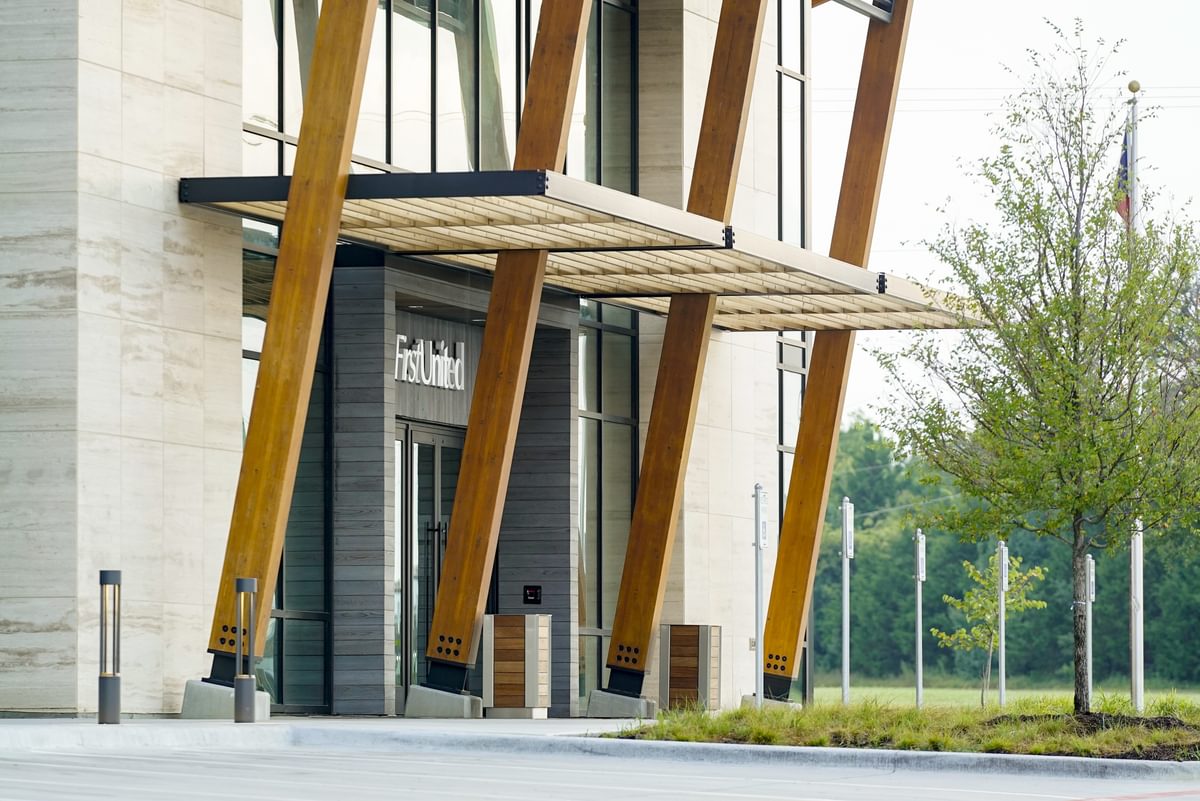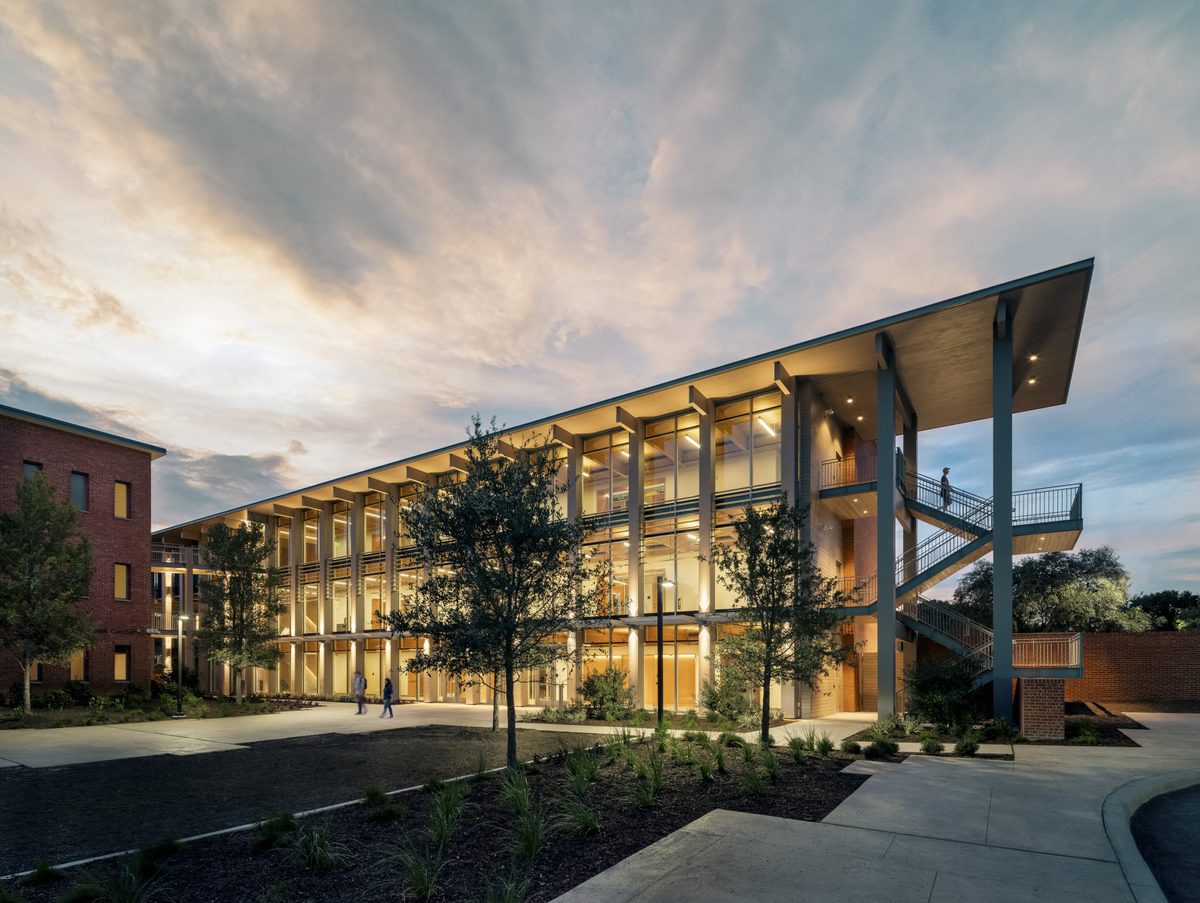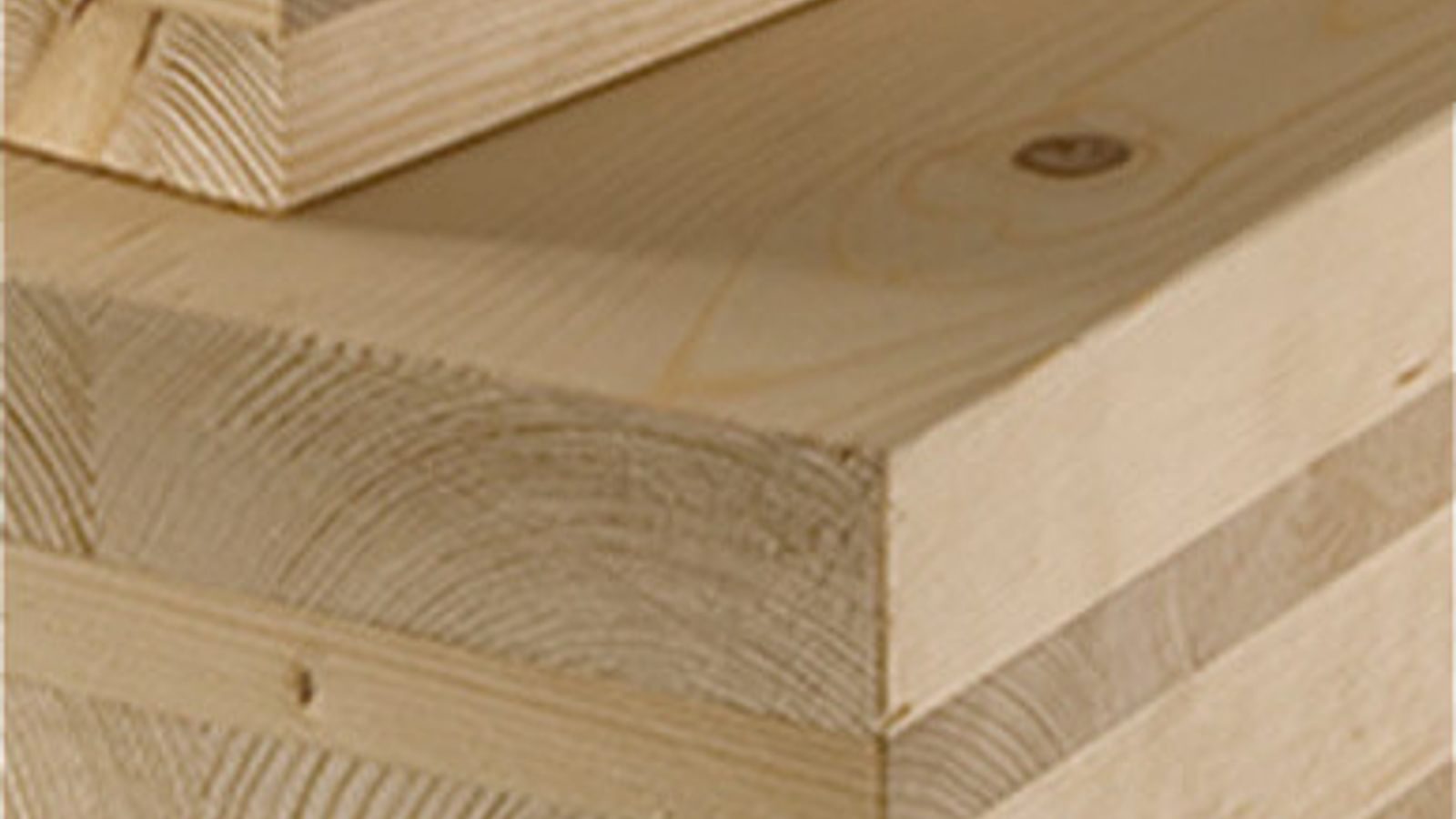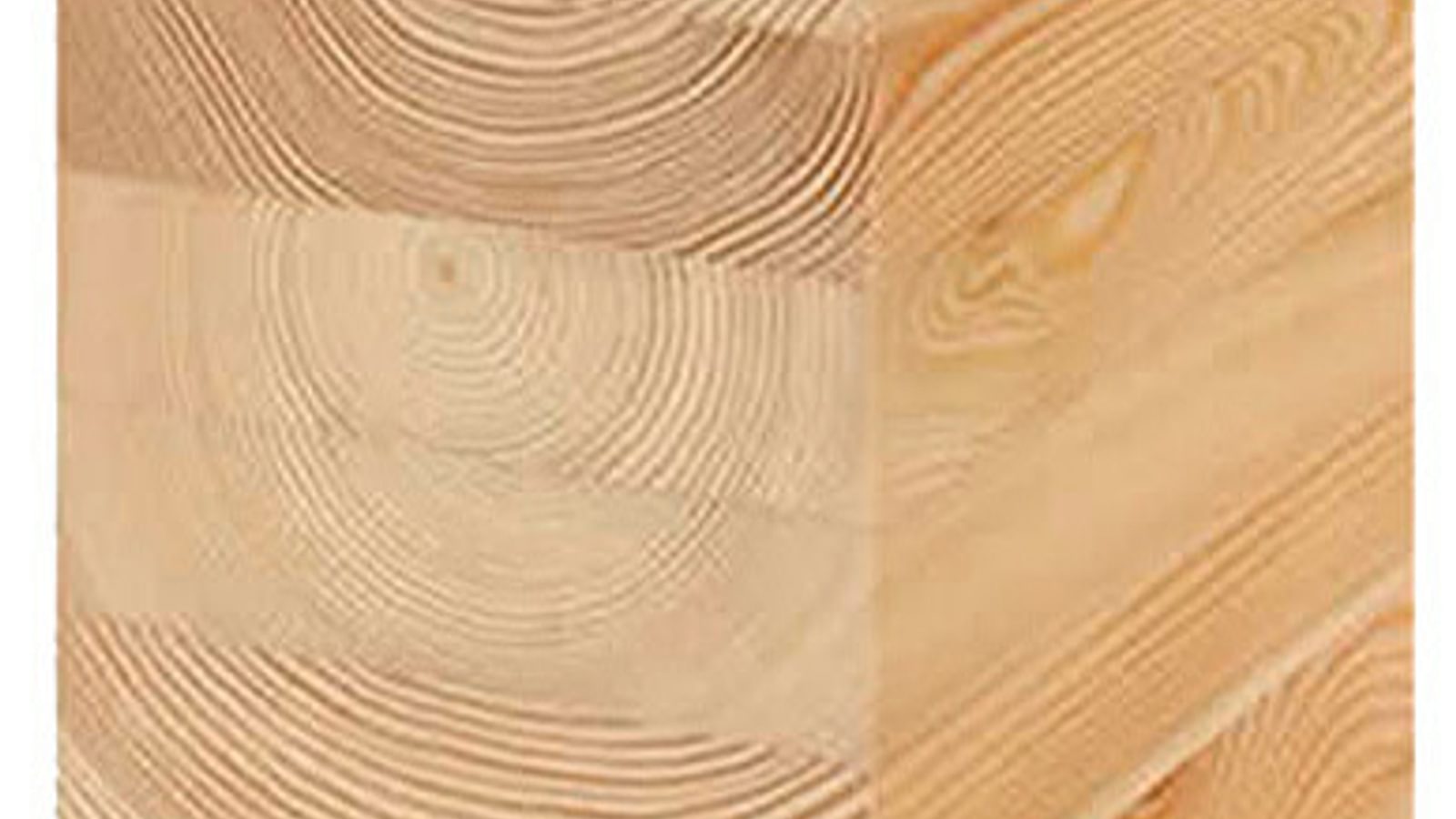Over the last few years, there has been a massive uptick in the use of mass timber for construction projects, and for good reason. Mass timber offers a perfect combination of aesthetics and sustainability, structural integrity and design flexibility. This makes it a fantastic low-carbon alternative to steel, concrete and masonry. It can be used on its own, in conjunction with other wood systems such as post and beam or in hybrid structures with steel and concrete.
Mass timber is a generic term that encompasses products of various sizes and functions. Cross-laminated timber (CLT) has been the most versatile and thus most popular choice. However, glue-laminated (glulam) beams, laminated veneer lumber (LVL), nail-laminated timber (NLT), and dowel-laminated timber (DLT) are other variations.













Incredibly Efficient
Think of mass timber as wooden legos. Modern mass timber buildings are constructed of engineered wood products, often manufactured from multiple layers of sawn lumber, attached to form a solid panel, beam, or column. Much of the labor and fabrication of mass timber structures is done at our facilities where we form solid sections of composite wood. These large pieces are then delivered and easily assembled at your project site. This leads to a much faster construction process which translates to lower labor costs. According to the softwood lumber industry, “Mass timber buildings are roughly 25% faster to construct than concrete buildings and require 90% less construction traffic.”
-
Cross Laminated Timber
(CLT) is a wood panel product made from gluing layers of solid-sawn lumber together.
-
Glulam Beam
Glued laminated timber, also called glulam, is a type of structural engineered wood product known for high strength and stiffness.
-
Mass Plywood Panel
(MPP) is a veneer-based engineered wood product using multiple layers of thin wood panels.
Environmentally Friendly
Cement, concrete, iron and steel industries account for a collective 13 percent of global greenhouse gas emissions. Each of those emissions are avoided by substituting mass timber, making it the best option for quickly sourced, highly renewable material.
Mass timber’s high-performance and cost-effectiveness makes it a perfect choice for buildings such as schools, offices, public institutions, multi-family homes and hospitality structures. It’s environmentally friendly nature is a boon to businesses that choose to use it as it allows them to highlight their dedication to sustainability.

Mass Timber Project Videos
First United Bank
FUB Construction
Current Mass Timber Install










